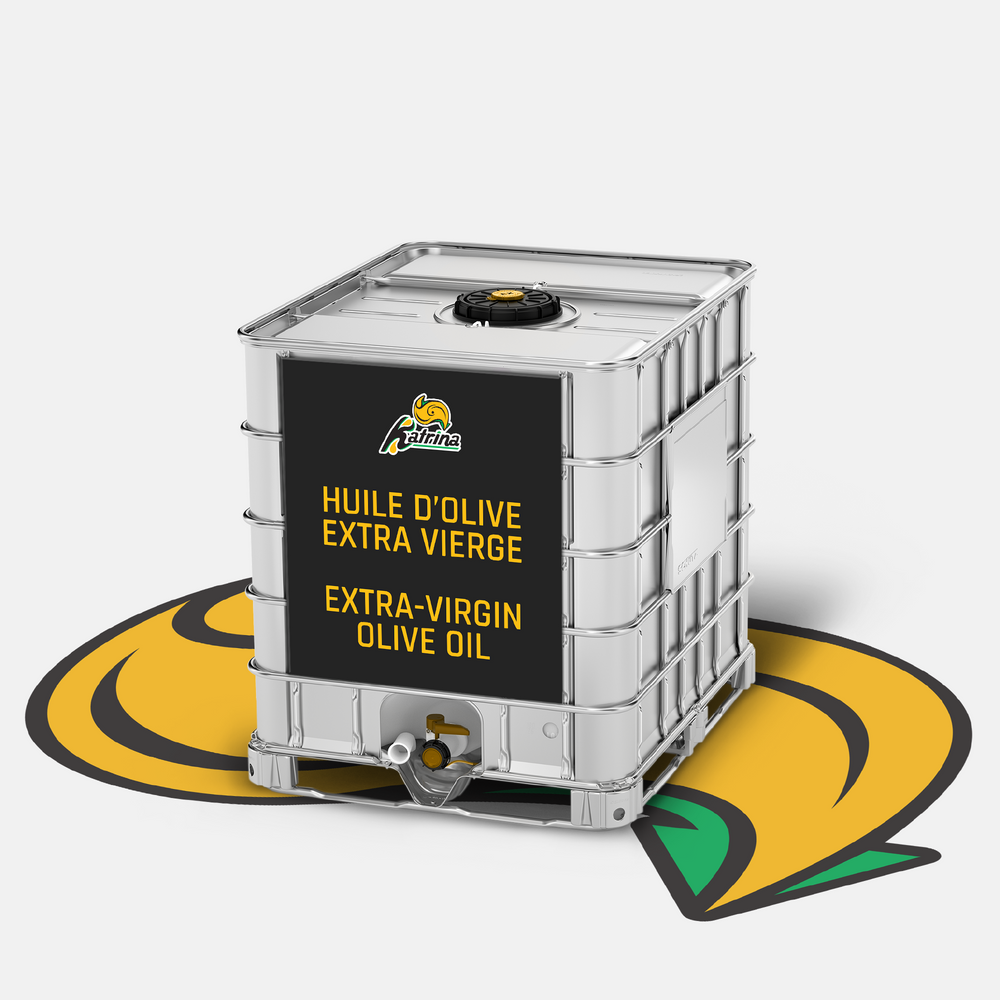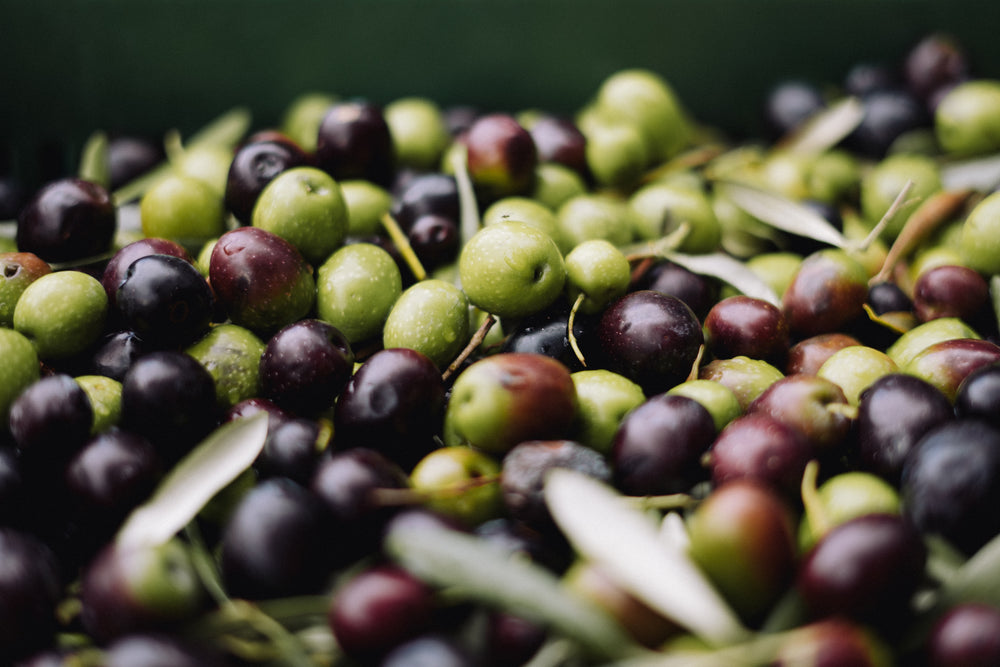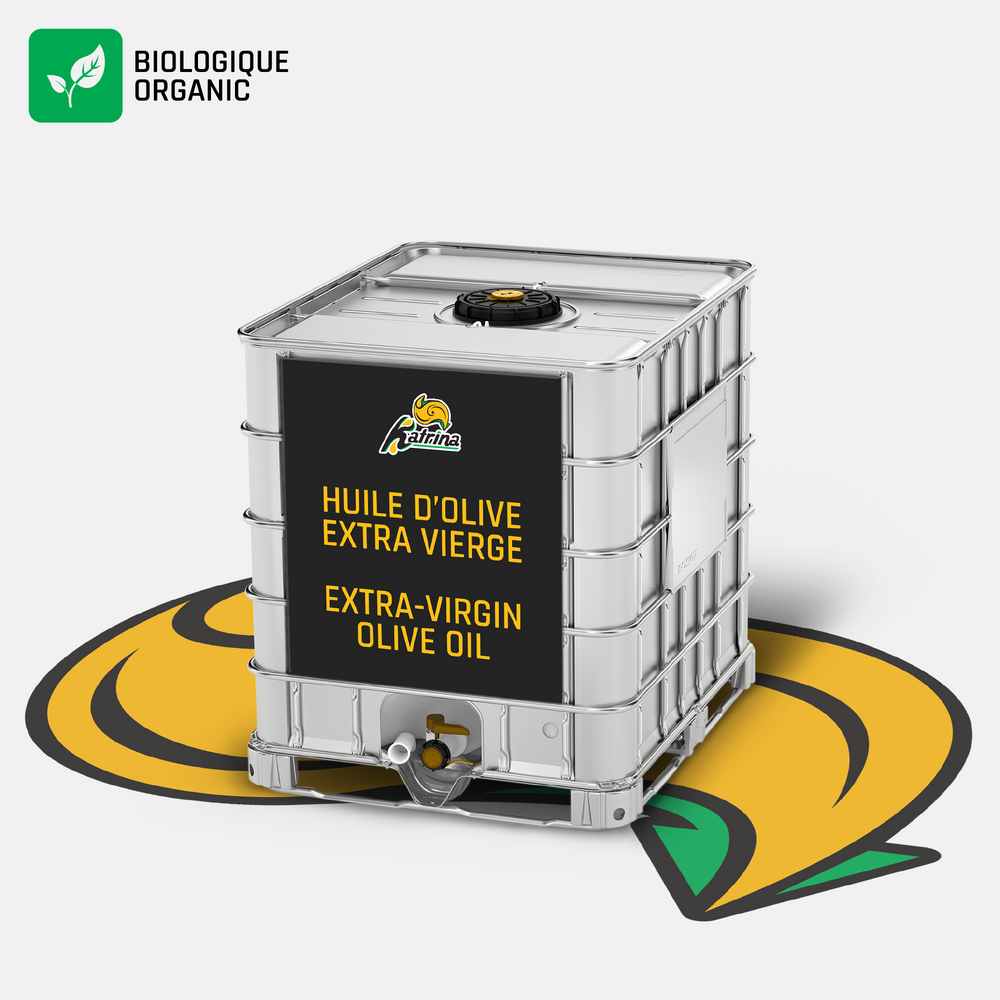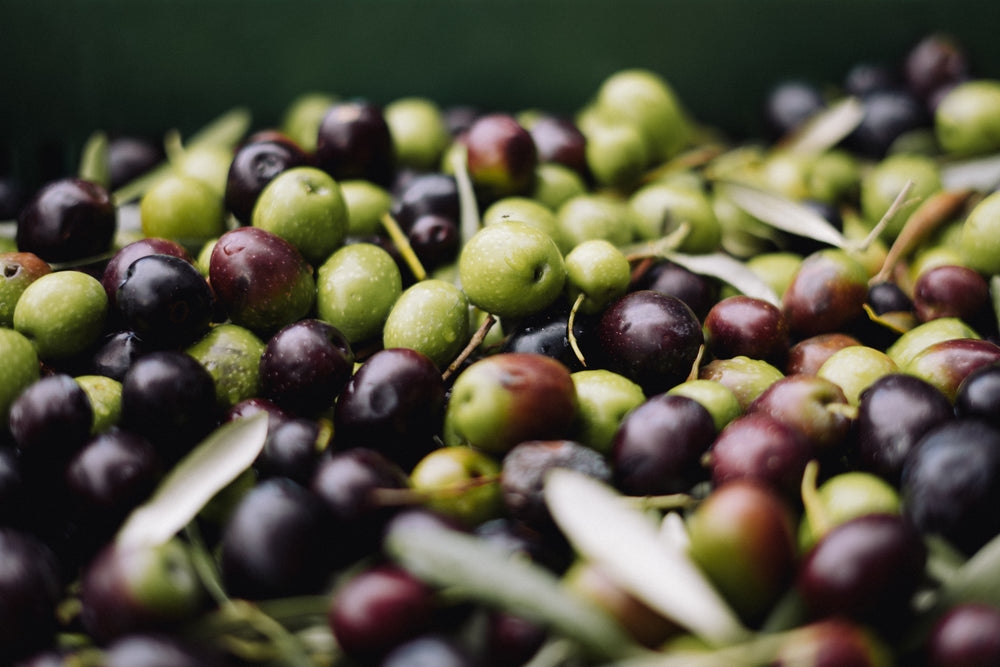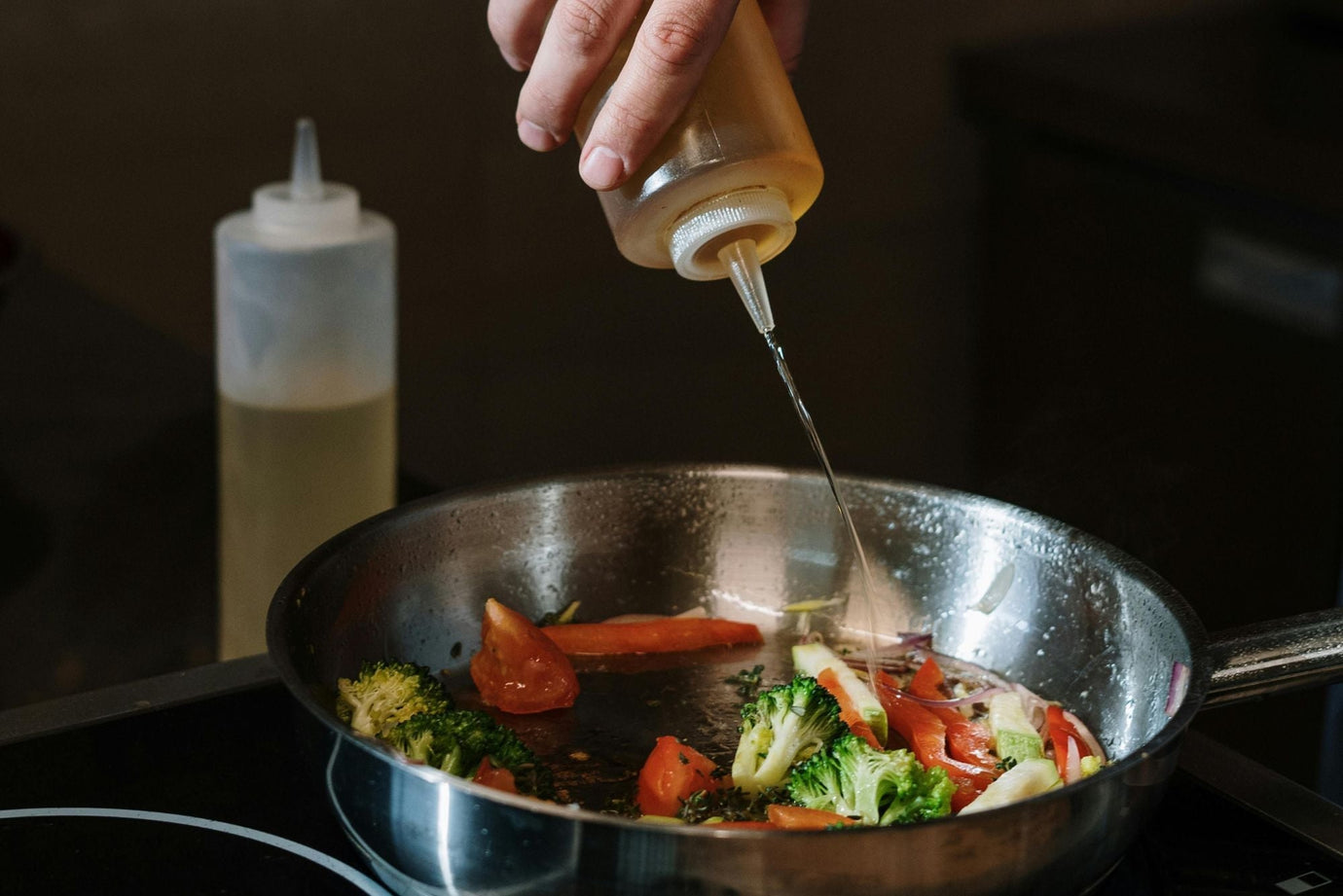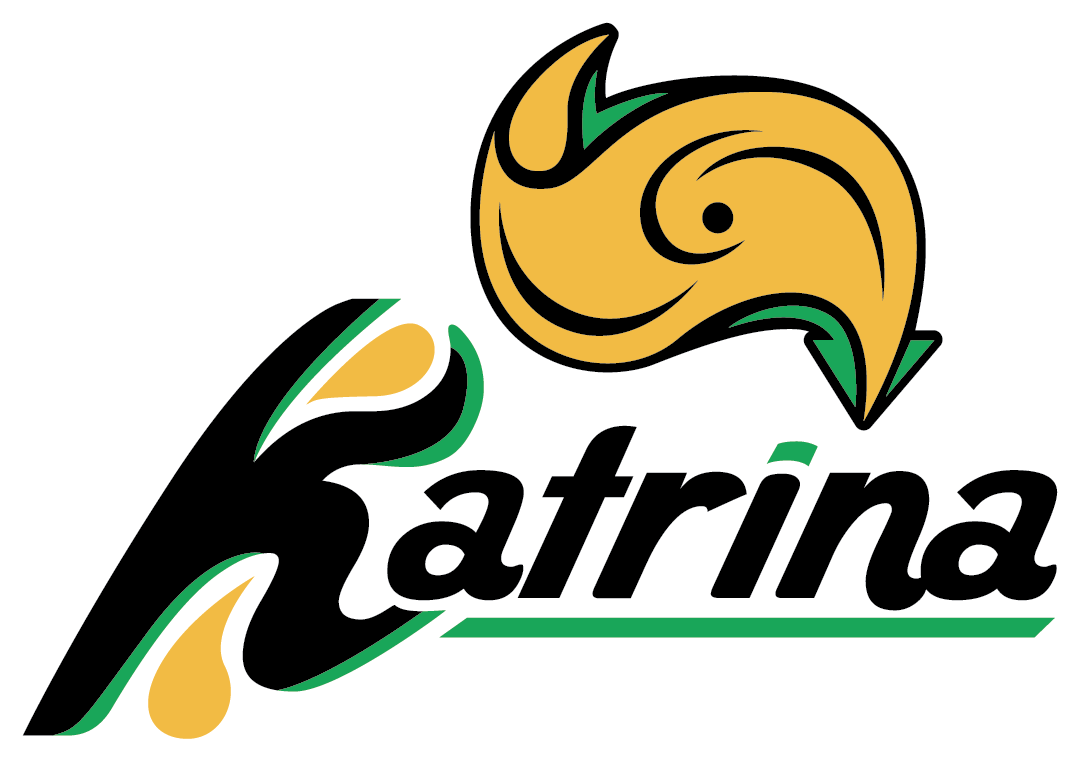Understanding the Olive Oil Rating System & Quality Grades
When it comes to selecting the perfect olive oil, understanding the olive oil rating system is crucial for making informed decisions. This comprehensive guide will help you navigate through various olive oil grades and quality indicators, ensuring you choose the best product for your culinary needs.
The International Olive Council's Olive Oil Rating System
The International Olive Council (IOC) has established a standardized olive oil rating system that helps consumers identify quality levels. This system primarily focuses on chemical composition, production methods, and organoleptic properties (taste and smell). Understanding these standards is key to grasping the olive oil rating system.
Extra Virgin Olive Oil: The Gold Standard in Olive Oil Grades
At the top of the olive oil rating system sits Extra Virgin Olive Oil (EVOO). This premium category must meet strict criteria:
- Maximum free acidity of 0.8%
- No sensory defects
- Produced solely through mechanical means
- Cold-pressed at temperatures below 27°C
According to Dr. Maria Rodriguez, an olive oil researcher at the University of Jaén, Spain, "Extra Virgin Olive Oil represents the highest quality achievable in olive oil production, offering superior nutritional benefits and taste profiles."
Virgin Olive Oil: The Second Tier in Olive Oil Quality Assessment
Virgin olive oil follows similar production methods to EVOO but allows for slightly less stringent standards:
- Maximum free acidity of 2%
- May have minor sensory defects
- Mechanical extraction only
- No chemical processing
Refined Olive Oil and Olive Oil Blends
Lower grades in the olive oil rating system include refined olive oil and standard olive oil blends. These products undergo more processing:
Refined Olive Oil:
- Chemically treated to remove defects
- Neutral taste and aroma
- Lower nutritional value
Olive Oil (Classic):
- Blend of refined and virgin olive oils
- Standardized taste profile
- Variable quality depending on the blend
Assessing Olive Oil Quality: Sensory Evaluation of Olive Oil
Professional tasters use specific criteria within the olive oil rating system to evaluate quality. The Canadian Food Inspection Agency (CFIA) recommends looking for these key indicators:
Positive Attributes
- Fruity: Fresh olive scent
- Bitter: Natural bitterness from healthy olives
- Pungent: Pepper-like sensation
Negative Attributes:
- Fusty: Fermentation defect
- Musty: Mould contamination
- Rancid: Oxidation issues
How to Identify High-Quality Olive Oil
Dr. Robert Johnson, a food scientist at the University of British Columbia, suggests several methods for identifying quality olive oil:
- Check the harvest date: Fresher is better, ideally within 12-18 months.
- Look for dark glass bottles: Protects oil from light degradation.
- Verify certification: Look for IOC or regional certification stamps.
- Examine the origin: Single-source oils often maintain higher standards.
Best Practices for Storage to Maintain Olive Oil Quality
To maintain the quality rating of your olive oil:
- Store in a cool, dark place.
- Keep away from heat sources.
- Use within 6 months of opening.
- Ensure a tight seal after each use.
The Role of Production Methods in the Olive Oil Rating System
The olive oil rating system heavily considers production methods. Traditional stone milling and cold extraction preserve beneficial compounds and contribute to higher ratings. Modern centrifugal systems can achieve similar quality while increasing efficiency.
Expert Recommendations on Olive Oil Grades
According to Chef Sarah Thompson of the Culinary Institute of Canada, "When selecting olive oil, always opt for extra virgin grade from reputable producers. The higher price point reflects the superior quality and stricter production standards."
Understanding Certification Labels in Olive Oil Quality Assessment
Different regions have specific certification systems that complement the international olive oil rating system:
- PDO (Protected Designation of Origin)
- PGI (Protected Geographical Indication)
- Organic certification
- Quality assurance seals
Making an Informed Choice in Olive Oil Selection
When choosing olive oil, consider these factors:
- Intended use (cooking vs. finishing)
- Budget constraints
- Available storage conditions
- Personal taste preferences
The Future of Olive Oil Ratings
The olive oil rating system continues to evolve with technological advances and increasing consumer awareness. New testing methods and stricter standards are being developed to ensure quality and authenticity.
Conclusion
Understanding the olive oil rating system is essential for selecting high-quality products. Extra virgin olive oil represents the highest grade, offering superior taste and nutritional benefits. By considering factors such as certification, production methods, and storage conditions, consumers can make informed decisions about their olive oil purchases.
Remember that while the rating system provides valuable guidance, personal taste preferences should also influence your choice. Whether you're a culinary enthusiast or a casual cook, knowing the intricacies of the olive oil rating system will enhance your culinary experiences.

